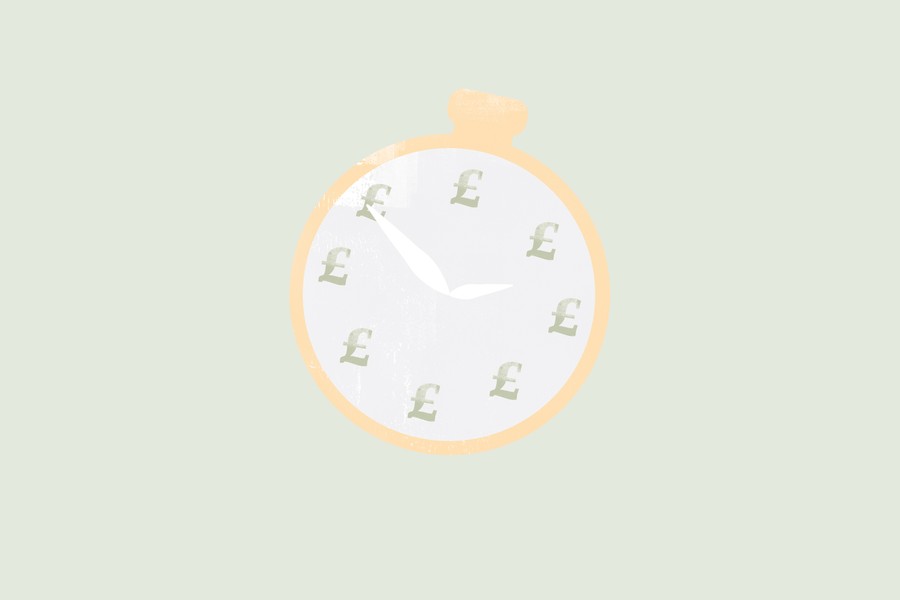Consensus opinion has now come around to support the view that the bond bull is now a bond bear. Although I think that the Bank of England is disinclined to raise rates in the face of Brexit’s uncertainty, I think that the longer term trend is for inflation to slowly pressure UK rates higher. The next base rate rise will be up, not down; in my opinion. So that begs the question: how do you position fixed income exposure?
Tax is the first consideration. Buying bonds above their redemption value, or “above par,” is no good for taxpayers. If you buy a bond for £120, then the fall in value to the £100 redemption value is not a tax-deductible loss, whereas the income is a taxable event. Generally speaking, most taxpayers are better off holding bond exposure via funds where the capital loss on the bond portfolio manifests itself in a tax-deductible capital loss on the unit or share in the fund.
If you take the HSBC 6.5% 2023 trading at £122.60 then the gross redemption yield (GRY) to a 40% tax payer is 2.62%. Held within a fund and using the capital loss takes the GRY to 3.83%. If the fund has a 0.5% annual charge then the GRY drops to 3.36%.
Although the UK ten year gilt rate has gone from 0.52% on 12th August to 1.46% today (11th January 2017), many corporate bonds are still trading above par. The ORB universe of retail corporate bonds that we look at only has about 5%, or one in twenty, of its bonds trading below par. In this context, ‘retail’ means that you can buy the bonds in lumps of £100 to £1,000 nominal, in contrast to the institutional market where the minimum trade size is nearly always £100,000 nominal. The gilt market only has three issues out of 43 trading below par.
In terms of strategy, I like the idea of being short dated rather than long dated. Technically I would say short duration over long duration – duration is a kind of average life of a bond in contrast to the life to maturity. As bonds pay interest, the payment of interest over the life of the bond reduces the average life of the bond in cash ow terms.
Long duration bonds are most inversely sensitive to changes in interest rates. So if interest rates see gradual inclines over the next few years, you avoid capital losses with short duration bonds. There is a balance between getting close to no yield at the short end of the gilt market and short duration, and this should be based on your personal preference.
Another strategy preference is to look for Floating Rate Notes, or FRNs. These are bonds which re-set their interest rate annually based on a benchmark rate. LIBOR, the interest rate that banks charge each other in London, is often used as a benchmark which means that if interest rates go up then the interest rate that gets paid on the bonds goes up.
If your tax position pushes you to bond funds rather than direct holdings, then looking for funds with net short duration is not a bad starting place.


